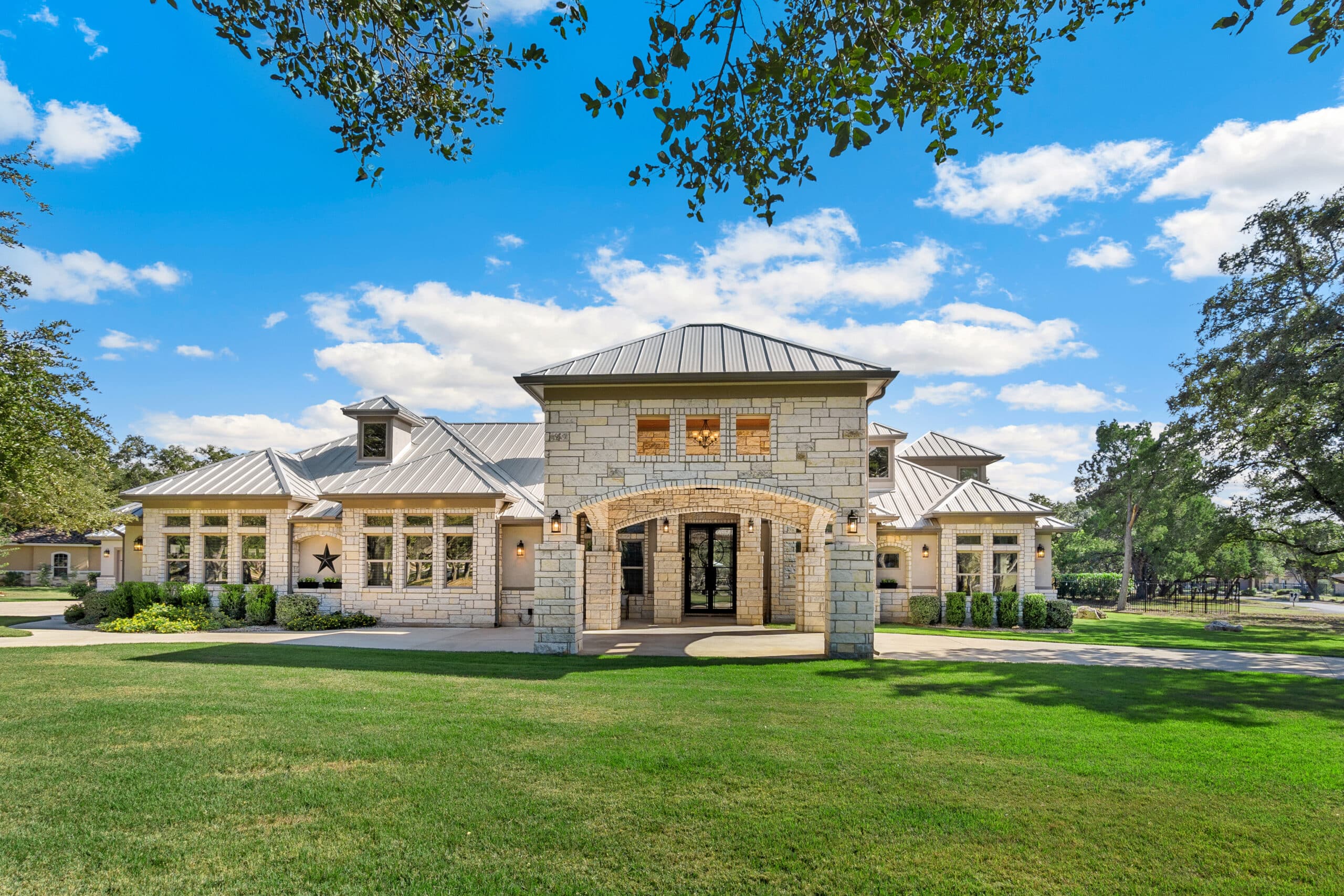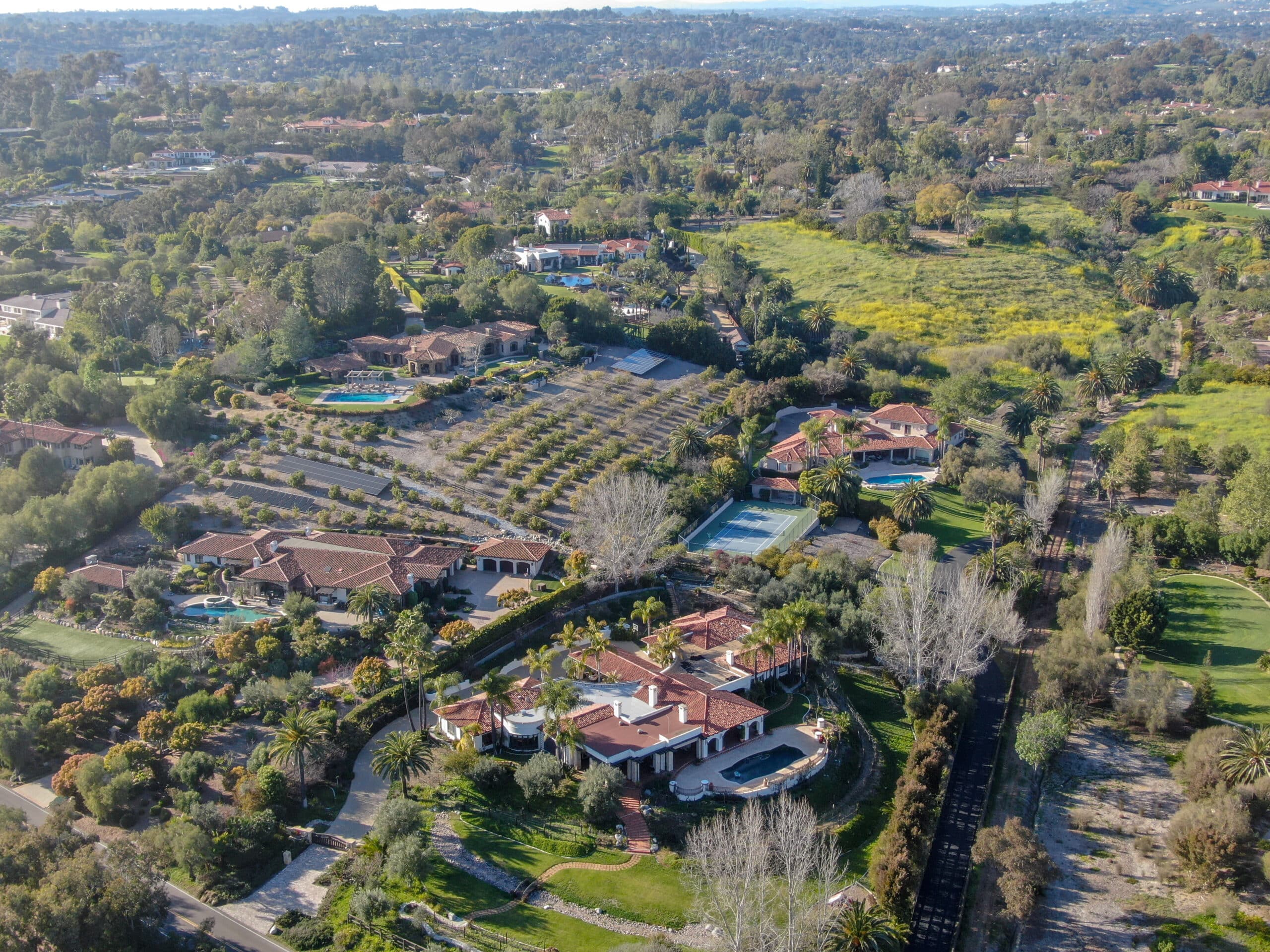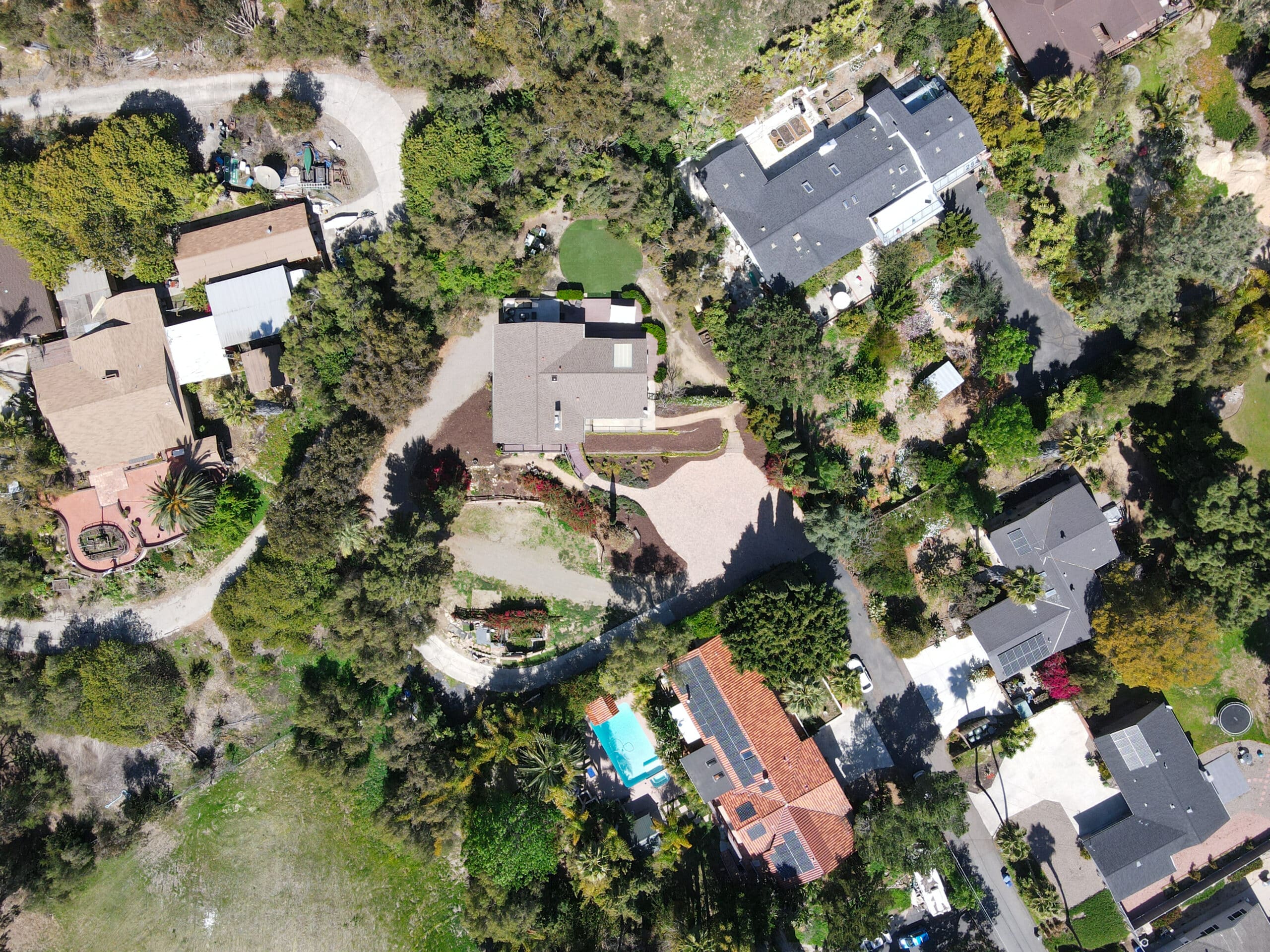Estimated reading time: 6 minutes
Atherton, known for its affluence and exclusivity, presents unique security challenges for its estates. Protecting these properties requires a sophisticated blend of technology, strategy, and an understanding of the risks involved. This article delves into the top seven security challenges Atherton estates face and outlines practical strategies to overcome them. From privacy intrusions and high-profile target risks to integrating technologies and ensuring legal compliance, we cover comprehensive solutions tailored for unparalleled security.
Table of contents
- Privacy Intrusions: Strategies for Maintaining Privacy Without Sacrificing Security Visibility
- High-Profile Target Risks: Tailoring Security Measures to Mitigate Risks Associated with High-Net-Worth Status
- Integrating Old and New Security Technologies: Ensuring Seamless Operation Between Existing Infrastructures and New Systems
- Managing Access for Staff and Visitors: Implementing Protocols and Technologies for Secure, Controlled Access
- Natural Disaster Preparedness: Customizing Plans for Wildfires, Earthquakes, and Other Region-Specific Natural Threats
- Ensuring 24/7 Security Coverage: Solutions for Maintaining Constant Security Vigilance
- Legal Compliance and Neighborhood Guidelines: Navigating the Balance Between Effective Security Measures and Local Regulations
- Conclusion
Privacy Intrusions: Strategies for Maintaining Privacy Without Sacrificing Security Visibility
Enhancing Perimeter Security
Perimeter security is the first line of defense against privacy intrusions. Advanced surveillance systems, such as high-definition cameras with motion detection and infrared capabilities, ensure visibility while respecting privacy. Strategic landscaping can also play a role, using natural barriers that obstruct external views into the property without compromising the aesthetic or security surveillance.
Implementing Advanced Encryption
Encryption protects communications and surveillance footage from unauthorized access in the digital realm. Implementing state-of-the-art encryption methods for all digital transmissions, including security camera feeds and communication networks, ensures that sensitive information remains confidential and secure against cyber intrusions.
Adopting Privacy-Respecting Technologies
Technologies like geofencing and biometric verification can enhance security without invasive monitoring. Geofencing restricts surveillance to predefined boundaries, focusing on intrusion detection rather than constant monitoring. Biometric systems offer high protection for access control, minimizing the need for surveillance by ensuring that only authorized individuals can enter certain areas.
High-Profile Target Risks: Tailoring Security Measures to Mitigate Risks Associated with High-Net-Worth Status
Conducting Risk Assessments
Regular, comprehensive risk assessments are crucial for identifying threats unique to high-net-worth individuals. These assessments should consider physical and digital vulnerabilities, enabling estates to tailor security measures that address specific risks, such as kidnapping, burglary, or cyberattacks.
Customizing Security Protocols
Custom security protocols can be developed based on risk assessments. This might include enhanced patrolling, dedicated security personnel for family members, and secure transportation options. Tailoring these protocols ensures a proactive approach to mitigating risks rather than a one-size-fits-all security strategy.
Leveraging Intelligence and Networking
Collaborating with local law enforcement and private security networks can provide additional layers of protection. Sharing intelligence about potential threats allows for a more coordinated response to incidents. Networking with other high-net-worth individuals can also offer insights into effective security practices and emerging threats.
Integrating Old and New Security Technologies: Ensuring Seamless Operation Between Existing Infrastructures and New Systems
Conducting Compatibility Assessments
Before integrating new technologies, a thorough assessment of existing systems is essential. This ensures that new solutions are compatible with the old, preventing gaps in security coverage. It may involve upgrading specific components to provide seamless integration and operation.
Implementing a Centralized Management System
A centralized security management system allows for the control and monitoring of both old and new technologies from a single platform. This integration simplifies operations, ensuring that security personnel can respond quickly to alerts from any system, regardless of its age.
Prioritizing Scalability and Flexibility
When integrating new technologies, selecting systems that offer scalability and flexibility is crucial. This approach ensures that security infrastructure can adapt to future challenges, whether expanding coverage or incorporating next-generation technologies without a complete overhaul.
Managing Access for Staff and Visitors: Implementing Protocols and Technologies for Secure, Controlled Access
Establishing Strict Access Control Policies
Defining clear policies for staff and visitor access is fundamental. This includes background checks, issuing personalized security badges, and defining access levels. Policies should cover both physical and digital access, ensuring comprehensive security.
Utilizing Advanced Access Control Technologies
Biometric scanners and RFID badges offer secure, controlled access to properties. Implementing these technologies ensures that access is granted only to authorized individuals, significantly reducing the risk of unauthorized entry.
Monitoring and Auditing Access Logs
Regular monitoring and auditing access logs provide insights into access patterns and potential security breaches. This practice helps identify suspicious activities, allowing for immediate investigation and response to detected anomalies.
Natural Disaster Preparedness: Customizing Plans for Wildfires, Earthquakes, and Other Region-Specific Natural Threats
Developing Comprehensive Disaster Response Plans
Customized disaster response plans are essential for Atherton estates, considering the region’s susceptibility to wildfires and earthquakes. Plans should include evacuation routes, communication strategies, and measures to protect the property and its inhabitants.
Implementing Early Warning Systems
Early warning systems for natural disasters, such as seismic activity sensors and wildfire detection systems, can provide critical advance notice. These systems allow for timely evacuation and implementation of disaster response measures, potentially saving lives and minimizing property damage.
Enhancing Structural and Landscape Resilience
Investing in structural reinforcements to withstand earthquakes and designing landscapes to mitigate wildfire risks are proactive measures. These might include fire-resistant materials for buildings and strategic placement of vegetation to create natural firebreaks.
Ensuring 24/7 Security Coverage: Solutions for Maintaining Constant Security Vigilance
Utilizing Continuous Surveillance Systems
Continuous surveillance, facilitated by advanced camera systems and motion sensors, ensures around-the-clock security coverage. These systems can detect unusual activity and alert security personnel immediately, allowing for a swift response to any security breaches.
Implementing AI and Machine Learning
Artificial intelligence and machine learning can enhance 24/7 security coverage by analyzing real-time surveillance footage. These technologies can identify potential threats more efficiently than human monitoring alone, improving response times and reducing the likelihood of false alarms.
Establishing a Dedicated Security Team
A dedicated security team trained to respond to various threats provides an essential layer of protection. This team should operate on a 24/7 basis, with shifts structured to ensure that security coverage is never compromised, regardless of the time of day.
Legal Compliance and Neighborhood Guidelines: Navigating the Balance Between Effective Security Measures and Local Regulations
Understanding Local Regulations and Guidelines
Familiarizing oneself with local laws and neighborhood guidelines is the first step in ensuring legal compliance. This knowledge can guide the implementation of security measures that are both effective and lawful, avoiding potential legal issues.
Consulting with Security Legal Experts
Consulting with legal experts specializing in security can help navigate the complex landscape of regulations. They can provide advice on compliance while maximizing security effectiveness, ensuring that measures do not violate any laws or neighborhood agreements.
Balancing Security Needs with Community Expectations
Maintaining an open dialogue with neighbors and community representatives can help balance security needs with community expectations. This approach fosters a cooperative environment, ensuring that security measures are effective and respectful of the community’s character and norms.
Conclusion
In conclusion, safeguarding Atherton estates against their unique security challenges demands a comprehensive and nuanced strategy. By adopting the detailed measures discussed, estates can significantly bolster their security framework, safeguarding against physical and digital threats. This approach ensures residents’ safety and privacy and aligns with legal and community expectations, fostering a secure yet harmonious living environment. Atherton Estates can achieve unparalleled security and peace of mind through vigilant implementation and continuous adaptation of these strategies.












